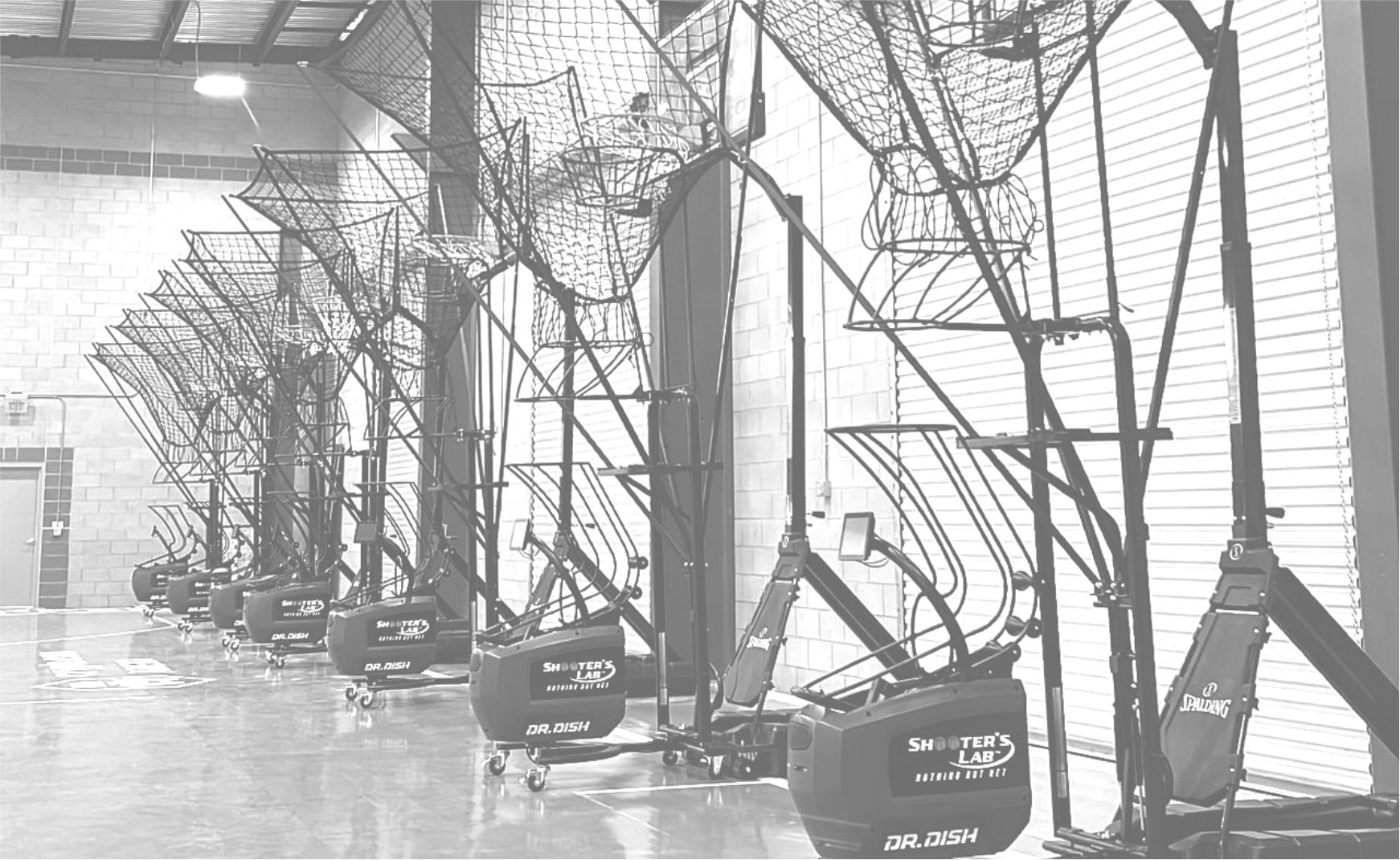Half life is a measure of how long it would take half of a dose of a drug to be processed and eliminated. For naltrexone, the average elimination half-life of naltrexone is between 4 hours and 13 hours. The immediate-release pill form of naltrexone (also known as naltrexone HCL) can be detected in urine for 4-6 hours, in blood for up to 24 hours, in saliva for up to 1 day, and in hair for up to 90 days.
Naltrexone For Opioid Use Disorder
- Whether your goal is to remain abstinent from alcohol or just manage your relationship with alcohol, it’s important to follow your medical provider’s guidance should you be prescribed the medication.
- You may also report side effects or health problems to the FDA at FDA-1088.
- Anumber of alternative dosing patterns have been recommended to try to reduce the frequency of thesecomplaints.
- It is possible that you may be more sensitive to the effects of prescription or illicit opioids as naltrexone wears off, a dose is missed, or after it is stopped.
- Naltrexone comes as a tablet to take by mouth either at home or under supervision in a clinic or treatment center.
Individuals with kidney disease, serious liver problems, or those taking other opioid drugs should be cautious before starting naltrexone treatment. Before taking this medication, a naloxone challenge test may be required to confirm that a person has completed opioid withdrawal. This guide will cover the effects of Naltrexone, potential risks, and what to do if you experience serious allergic reactions, joint pain, skin rash, or unusual tiredness. Naltrexone can be an effective part of a complete treatment program for opioid addiction and alcohol use disorder, but it is important to follow a regular dosing schedule and avoid double or extra doses. If a missed dose occurs, take the next dose as directed instead of taking a double dose.

❓ Does Naltrexone Affect Weight?
You may have symptoms if you have been using prescription and/or illicit alcohol rehab opioids and suddenly stop taking them. Tell your healthcare provider before you take naltrexone if you have any of the following symptoms of opioid withdrawal. Naltrexone side effects typically resolve within a few days to weeks as your body adjusts to the medication.
- They may recommend ways to ease your symptoms and determine whether you should keep taking naltrexone.
- It is also important to consider that dosing may affect activation of internal mechanisms implicated in maintenance of homeostasis.
- This allows your body to adjust to the medication and reduces the likelihood of experiencing severe side effects.
- Although experts do not have an immediate cure for it, there are plenty of ways to gradually recover from it and enjoy high-quality life.
Dosage for opioid use disorder

You’ll find me talking about nutrition, lifestyle, and many other therapies to support you—and for some people low-dose naltrexone https://ecosoberhouse.com/article/naltrexone-side-effects-uses-and-risks/ is a therapy that really helps. Naltrexone is not addictive but can help users overcome addictions to certain dangerous substances, such as alcohol and opioids. This non-addictive nature of naltrexone is also why experts prefer prescribing it to addicts instead of other alternatives, such as methadone. The only drawback of naltrexone is its side effects, most of which fortunately remain manageable. Naltrexone works by blocking the effects of opioids, such as heroin or oxycodone. An addict may try to overcome this block by taking their opioid substance in larger amounts than they usually consume, eventually developing signs of an overdose.




